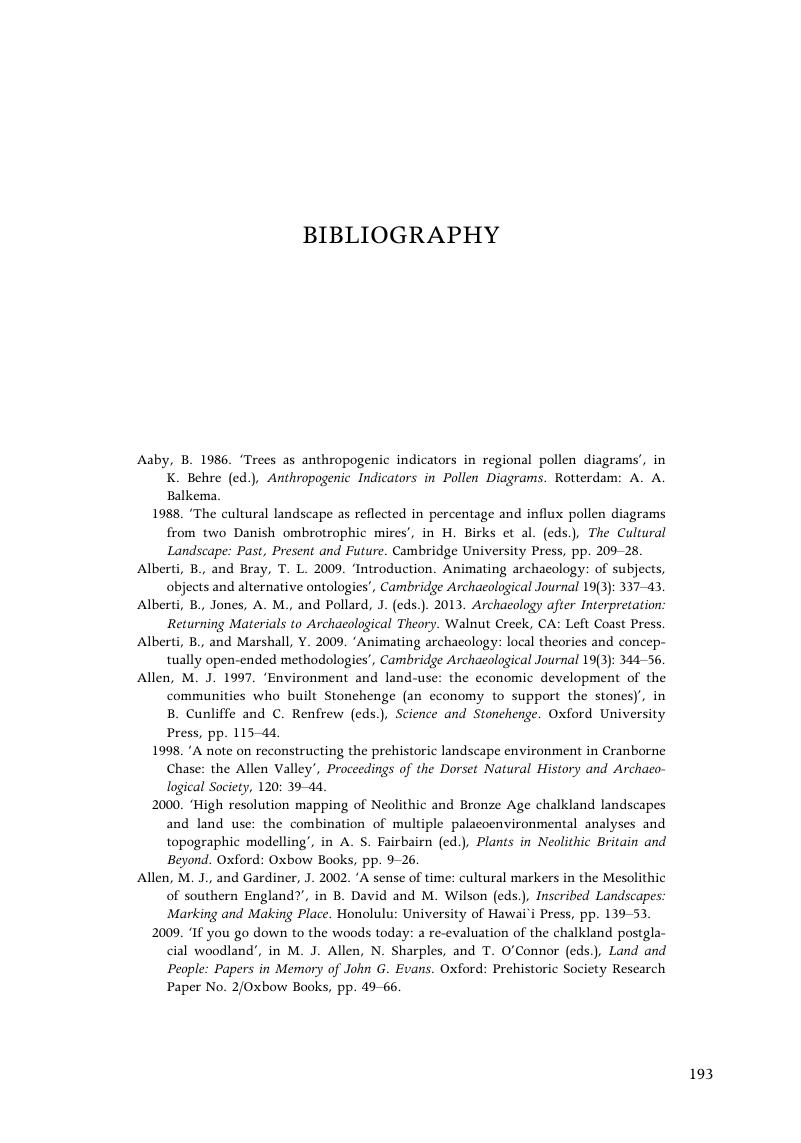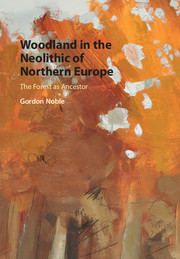Book contents
- Woodland in the Neolithic of Northern Europe
- Woodland in the Neolithic of Northern Europe
- Copyright page
- Dedication
- Contents
- Figures
- Preface
- 1 Introduction: Engaging with the environment
- 2 The forest in the Neolithic of northern Europe
- 3 Altering the environment
- 4 The woodland landscape
- 5 The forest as architecture
- 6 The environment as ancestor: Timber monumentality
- 7 Extending roots: Conclusions
- Notes
- Bibliography
- Index
- References
Bibliography
Published online by Cambridge University Press: 25 March 2017
- Woodland in the Neolithic of Northern Europe
- Woodland in the Neolithic of Northern Europe
- Copyright page
- Dedication
- Contents
- Figures
- Preface
- 1 Introduction: Engaging with the environment
- 2 The forest in the Neolithic of northern Europe
- 3 Altering the environment
- 4 The woodland landscape
- 5 The forest as architecture
- 6 The environment as ancestor: Timber monumentality
- 7 Extending roots: Conclusions
- Notes
- Bibliography
- Index
- References
Summary

- Type
- Chapter
- Information
- Woodland in the Neolithic of Northern EuropeThe Forest as Ancestor, pp. 193 - 218Publisher: Cambridge University PressPrint publication year: 2017



